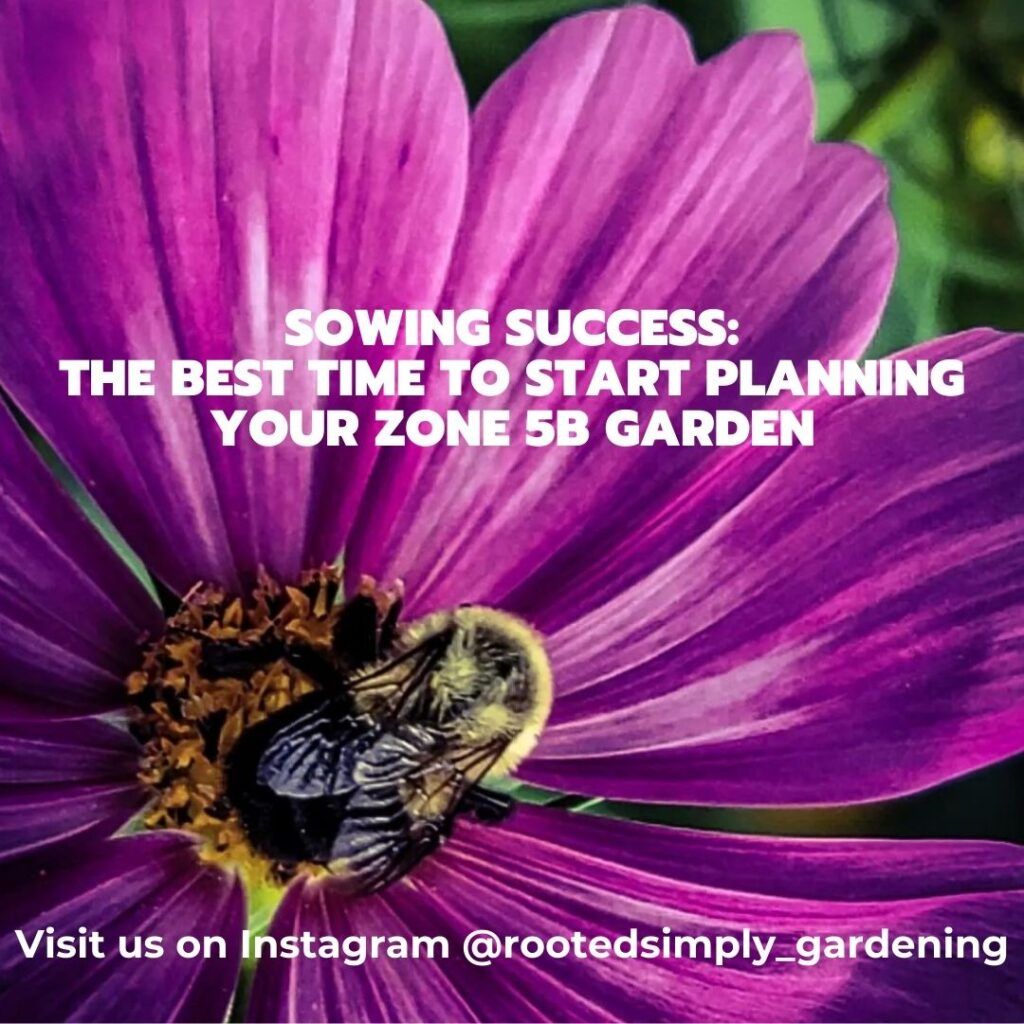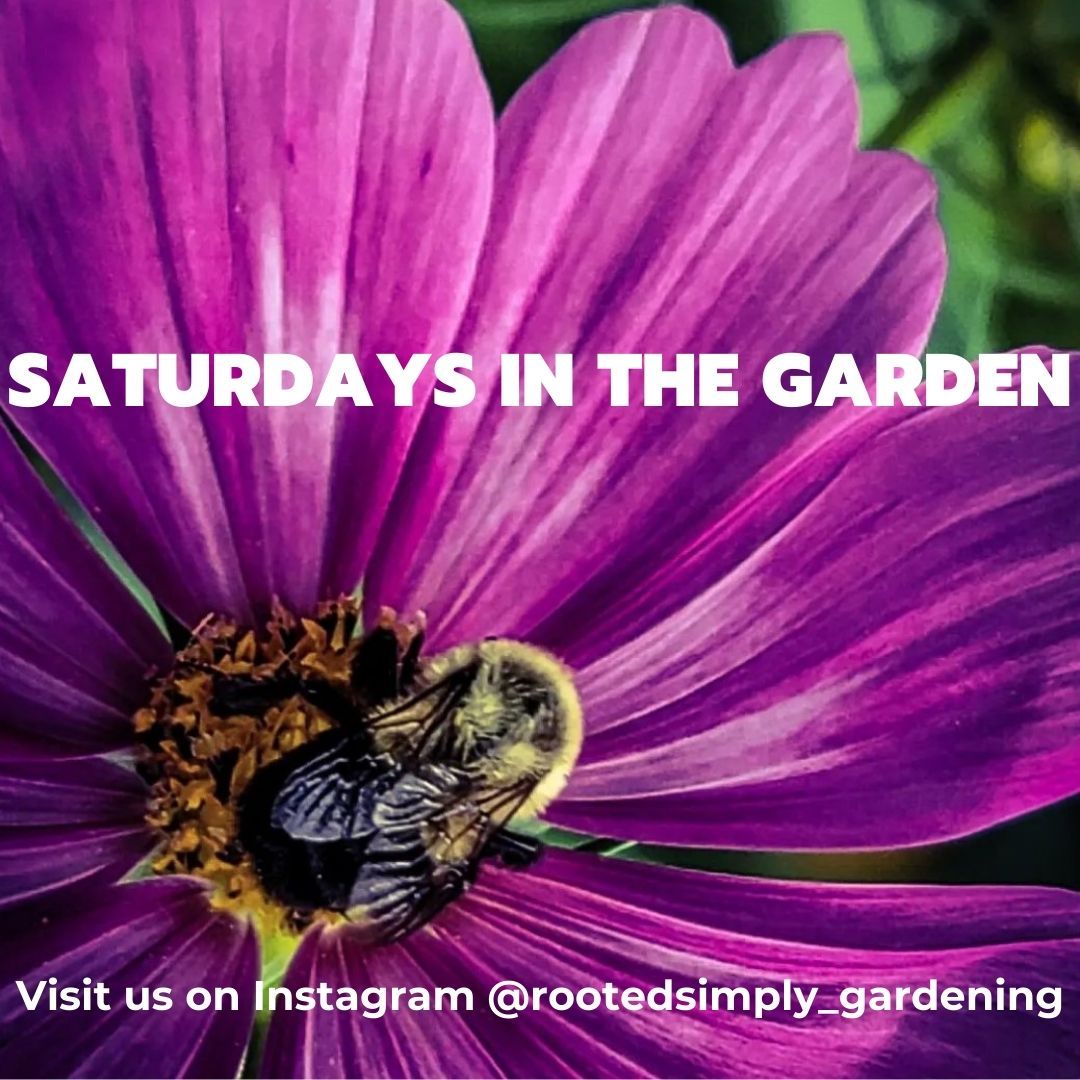The Best Time to Start Planning Your Zone 5b Garden
Welcome, fellow gardening enthusiasts! If you’re itching to transform your outdoor space into a vibrant haven of blossoms, fruits, and vegetables, now is the perfect time to start planning your garden, especially if you’re in Zone 5b. In this blog post, we’ll explore the best strategies for planning a successful garden in Zone 5b, ensuring a bountiful harvest and a thriving green paradise.
Understanding Zone 5b:
Before diving into the planning process, it’s crucial to understand your specific climate zone. Zone 5b, characterized by cold winters and a relatively short growing season, requires careful consideration when selecting plants and planning planting times. By understanding your zone, you can tailor your garden plans to suit the unique challenges and opportunities it presents.
The Early Bird Gets the Worm:
In Zone 5b, the gardening calendar revolves around the last frost date in spring and the first frost date in fall. To get a head start on the growing season, avid gardeners should consider starting seeds indoors well before the last frost date. This allows seedlings to establish themselves, giving you a jumpstart on the growing season and ensuring a more robust and productive garden.
Planning Your Graden Timeline
January to February: Seed Selection and Indoor Sowing
Research and choose suitable seeds for Zone 5b.
Gather gardening supplies, including seed trays, soil, and grow lights.
Start seeds indoors based on the recommended germination time for each plant.
March to April: Soil Preparation and Outdoor Sowing
Test and amend your garden soil for optimal fertility.
Directly sow cold-hardy crops such as peas, spinach, and radishes outdoors once soil conditions allow.
Transplant indoor-sown seedlings outdoors after the last frost date.
May to June: Tender Crops and Perennials
Plant warm-season crops like tomatoes, peppers, and squash after the risk of frost has passed.
Incorporate perennial plants and flowers into your garden design for long-lasting beauty.
July to August: Maintenance and Harvest
Implement a regular watering schedule and provide necessary nutrients to your plants.
Harvest crops as they ripen to encourage continuous production.
Consider succession planting for a continuous harvest.
September to October:
Fall Planting and Cleanup
Plant cool-season crops for a fall harvest.
Clean up garden beds, removing spent plants and debris.
Protect sensitive plants from early frost with row covers or other protective measures.
Planning your Zone 5b garden is an exciting journey that requires foresight and careful consideration. By starting early, understanding your climate zone, and following a well-thought-out timeline, you can maximize your gardening success and enjoy a flourishing, beautiful garden throughout the growing season. Happy gardening!


